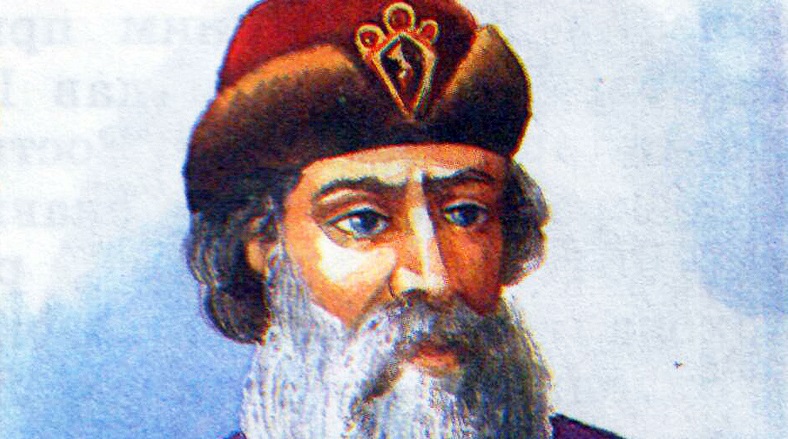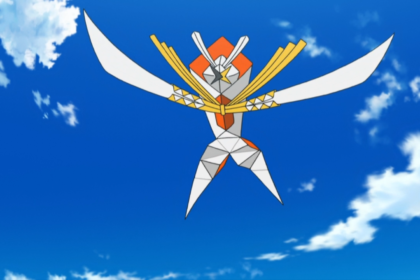Yaroslav the Wise was the grand prince of Veliky Novgorod and Kiev, uniting the two principalities for a time under his rule. Yaroslav’s Christian name was George, after Saint George. Take a look below for 27 more fun and interesting facts about Yaroslav the Wise.
1. A son of Vladimir the Great, the first Christian Prince of Novgorod, Yaroslav acted as vice-regent of Novgorod at the time of his father’s death in 1015.
2. His eldest surviving brother, Sviatopolk I of Kiev, killed three of his other brothers and seized power in Kiev.
3. Yaroslav, with the active support of the Novgorodians and the help of Varangian mercenaries, defeated Svyatopolk and became the Grand Prince of Kiev in 1019.
4. Under Yaroslav, the codification of legal customs and princely enactments was begun, and this work served as the basis for a law code called the “Russkaya Pravda.”

5. During his lengthy reign, Kievan Rus reached the top of its cultural flowering and military power.
6. The early years of Yaroslav’s life are not very well known.
7. He was one of the many sons of Vladimir the Great, presumably his second by Rogneda of Polotsk, although his actual age would place him among the youngest of Vladimir’s children.
8. It was suggested that he was a child born out of wedlock after Vladimir’s divorce from Rogneda and marriage to Anna Porphyrogenita, or even that he was Anna’s child.
9. Yaroslav can be found prominently in the Norse sagas, under the name Jarisleif the Lame.
10. His lameness, probably resulting from an arrow wound, was corroborated by the scientists who examined his remains.
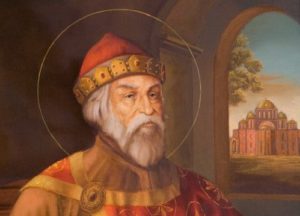
11. When he was young, Yaroslav was sent by his father to rule the northern lands around Rostov, but was transferred to Veliky Novgorod in 1010.
12. While living in Veliky Novgorod, he founded the town of Yaroslavl on the Volga River.
13. In 1014, Yaroslav refused to pay tribute to Kiev and only Vladimir’s death, in July 1015, prevented a war.
14. In his foreign policy, Yaroslav relied on the Scandinavian alliance and attempted to weaken the Byzantine influence on Kiev.
15. In 1030, he reconquered Red Ruthenia from the Poles and concluded an alliance with King Casimir I the Restorer, sealed by the latter’s marriage to Yaroslav’s sister, Maria.
16. In another successful military raid in 1030, he captured Tartu, Estonia and renamed it Yuryev.
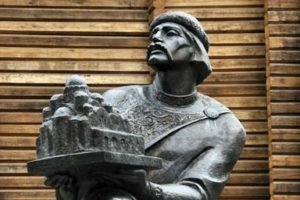
17. In 1043, Yaroslav staged a naval raid against Constantinople, led by his son Vladimir of Novgorod and general Vyshata.
18. Even though his navy was defeated in the Rus’-Byzantine War, Yaroslav managed to finish the war with a favorable treaty and prestigious marriage of his son Vsevolod I of Kiev to the emperor’s daughter.
19. To defend his state from the Pechenegs and other nomadic tribes threatening it from the south, he constructed a line of forts, composed of Yuriev, Bohuslav, Kaniv, Korsun-Shevchenkivskyi, and Pereiaslav-Khmelnytskyi.
20. To celebrate his decisive victory over the Pechenegs in 1036, he sponsored the construction of the Saint Sophia Cathedral in 1037.
21. Yaroslav was a notable patron of book culture and learning.
22. In 1051, he had a Slavic monk, Hilarion of Kiev, proclaimed the metropolitan bishop of Kiev, thus challenging the Byzantine tradition of placing Greeks on the episcopal sees.
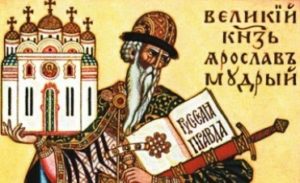
23. Hilarion’s discourse on Yaroslav and his father Vladimir is frequently cited as the first work of Old East Slavic literature.
24. In 1019, Yaroslav married Ingegerd Olofsdotter, daughter of the king of Sweden, and gave Staraya Ladoga to her as a marriage gift.
25. Yaroslav had one son from the first marriage and six sons from the second marriage.
26. Following his death, Yaroslav’s body was entombed in a white marble sarcophagus within Saint Sophia’s Cathedral.
27. In 1936, his sarcophagus was opened and found to contain the skeletal remains of two individuals, one male and one female.

